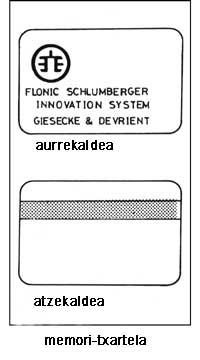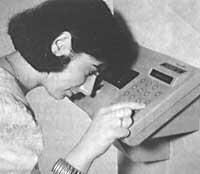Keepers
2004/03/01 Cancio Orueta, Leire - Elhuyarreko zuzendari nagusiaElhuyar Iturria: Elhuyar aldizkaria
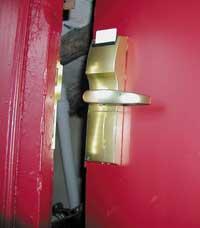
At the time of mechanical locks, in many hotels, there was an operator in charge of keys. From time to time he randomly exchanged the cylinders of the doors so that a client who had in the hotel removed the duplicate of the key, returned to the hotel a few days and could not open the same room. When the first electronic locks were launched, the road broke to set aside this problem.
In electronic locks, if the card is lost, simply set the lock to respond to a card with another code. This option greatly facilitates the management of the rooms of a building with hundreds of rooms. That is not the only option offered by electronics. In electronic locks, the card can be programmed to know certain data, so that when reading the data, for example, indicate who has entered and at what time, if the door is well closed, etc.
The modification of the old mechanical locks to the current electronic locks has not been sudden. After the keys were the perforated cards, but given the difficulty of making copies of them, they were discarded shortly. It was then that electronic locks started the way. First came magnetic cards. Due to its use in banks, production in large quantities reduced the cost, which generated an increase in use. Finally, chip cards appeared, with more applications than magnetic cards.
How do electronic locks work?
All locks are provided with key (or other device that fulfills card or key functions), key reader and opening mechanism. The key has information stored digitally in binary code, which can be deleted and modified with the help of a recorder.
Normally this information is encrypted, that is, with the help of an algorithm it is encrypted so that only the reader can read the answer to this algorithm. Upon contact, the reader decrypts and reads. The reader is usually in the lock, along with a memory that stores the information the card carries.
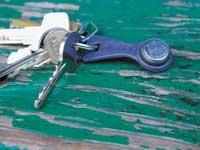
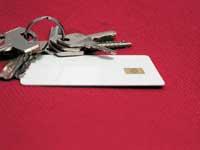
The lock does not only respond to a code, so access authorization can be granted to more than one card. In the case of hotels, for example, the lock should not be reprogrammed every time a customer leaves the hotel, as it is programmed to respond to sequence codes. When the lock reads the sequence code of the original code it understands that it must automatically unsubscribe the old client and know the code of the new client.
From magnetic stripe to chip
On magnetic cards there are three magnetic bands. Data that can be saved in each band is standardized. The first and second belts are used to store information for banks, and in the third, for example, the room data can be entered to open the lock.
On magnetic cards, information is expressed by magnetic levels. When interpreting these magnetic levels they give a succession of zero numbers and one. On magnetic cards, the information is read in the lock reader. The lock cannot be rewritten on the card. The information of the card is stored in the memory that the reader has, and as the reader has calendar and clock, you can know the day and time of entry of the person with the card in the room. Magnetic cards can have between 20 and 40 bytes of memory.
Chip cards have memones of kilobits and allow storing information in the memory of the card. In fact, very little energy is needed to store information on a chip, it can be done with reader batteries. However, in magnetic cards it is not possible to make recordings on magnetic bands with these energy levels.
The information collected by the lock is subsequently combined with the data of the building management system. There are two ways: on line and off line. You need an online network, that is, the wire or cable that goes from the lock to the central computer.
However, the cost of implementing the network in the whole building is high and very few facilities assume the cost of collecting this data in real time. There are also wireless systems and new systems such as Wi-fi are being tested. On off-line systems, on the contrary, lock data is periodically read with a device and sent to the computer.
More than goalkeepers
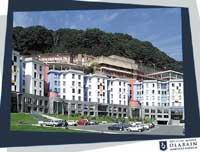
Currently, these types of locks are found in many buildings with large numbers of doors, as they are very safe. In addition to hotels, they are also seen in offices, giant ships, warships, laboratories, ski resorts, secret archives, military constructions, leisure parks, etc. Due to the storage capacity of chip information, the card can be used not only as access, but also to know the flow of people accessing the rooms.
They allow us to know, for example, the number of rooms cleaned by a cleaner, if German customers of forty years prefer the roller coaster or the Khan dragon, or if in the central computer of high-level security constructions the accounting data are modified and money is inserted into their savings account, as well as the time of entry and exit. There are close examples, such as the Olarain de Donostia student residence, where residents have bank details on the same card and access to rooms.
And in the future?
The future path of electronic locks, on the one hand, “will tend to reduce the cost and size of locks by incorporating new, cheaper technologies and boosting radio communications or contactless devices,” according to Aitor Agueda, head of Onity’s R&D unit.
On the other hand, “the area of cards of many applications will develop even more”, which will allow us to take money from the cashier with a single card, open the door of home and office, save the medical history, etc. And “to all this must be added the connectivity of the systems”. The locks are no longer just to open the door, but the banks are accompanied by statistical data interpretation programs, energy saving systems and home automation.
Locks can be connected to other room systems and are already in many places. For example, they can be connected to air conditioning or heating and then, using motion sensors and volumetric sensors, you can know if there is someone in a room, who it is, etc., and according to this data, automatically launch the air conditioning or heating system. For example, the lock may be aware that the hotel employee has entered the room and have the heating off, or that the customer is lying in bed for two hours and therefore lower the heating. How many would we imagine that in Orwell’s “Big Brother” society, in addition to cameras, we would have locks guarding?
In Caribbean hotels, for example, Biometrics “Agent |
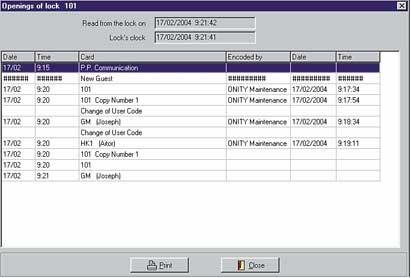

Gai honi buruzko eduki gehiago
Elhuyarrek garatutako teknologia




